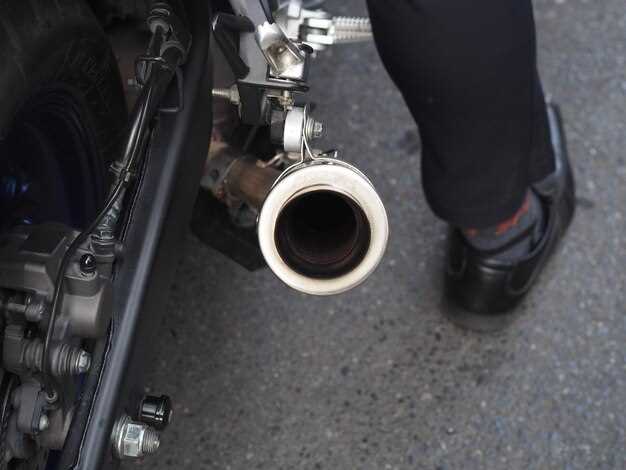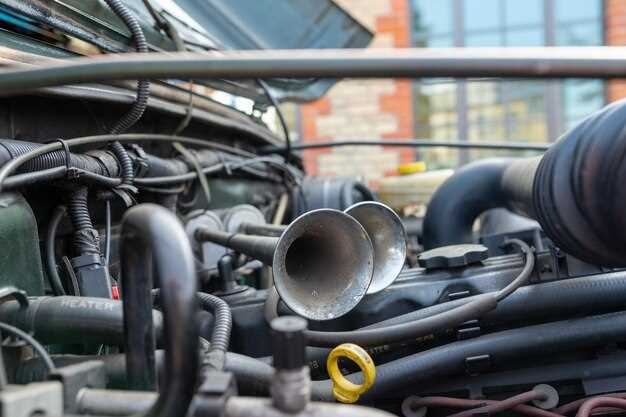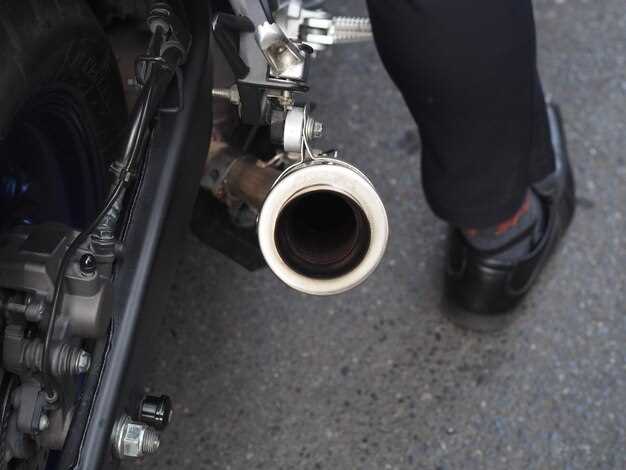
When it comes to automotive performance, a loud exhaust system is often viewed as a badge of honor among car enthusiasts. However, the sound produced by a vehicle’s exhaust is influenced by several factors, particularly the muffler and the overall design of the exhaust system. Understanding these components is key to diagnosing the reasons behind excessive noise.
The muffler plays a critical role in controlling sound output. It is specifically designed to reduce engine noise while allowing exhaust gases to exit the vehicle efficiently. However, a damaged or incorrectly installed muffler can lead to increased noise levels, which may not only be annoying but can also indicate underlying mechanical issues.
Beyond the muffler, the overall configuration of the exhaust system also contributes to loudness. Factors such as pipe diameter, material quality, and the absence of catalytic converters can all amplify sound. For enthusiasts seeking a throaty roar, these elements might form a desirable setup, yet for the average driver, it might signal potential problems that warrant closer examination.
In summary, understanding the causes of loud exhaust systems extends beyond mere personal preference; it encompasses an appreciation of how different components interact. This knowledge is essential for maintaining not only the performance of a vehicle but also adhering to local noise regulations.
Common Reasons for Muffler Noise and Its Impact on Performance

Muffler noise can stem from various factors, each significantly affecting vehicle performance. Understanding these causes is essential for maintaining optimal functionality and ensuring a pleasant driving experience.
One of the primary reasons for increased muffler noise is damage to the exhaust system. This can occur due to rust, corrosion, or impact from road debris. A compromised muffler often fails to suppress sound, leading to a loud exhaust note that can mask engine performance and create an unpleasant driving environment.
Another common cause of muffler noise is exhaust leaks. These leaks can emerge from worn-out gaskets, loose connections, or cracked pipes. When gas escapes before reaching the muffler, it results in a louder exhaust sound. Such leaks not only enhance noise levels but can also reduce engine efficiency, as the exhaust system is designed to improve airflow and overall performance.
The type of muffler installed can also play a significant role in the sound produced. Performance mufflers, for instance, are designed to enhance sound to achieve a sportier tone, which may not align with some drivers’ preferences for a quieter ride. Thus, the choice of muffler can directly impact both noise levels and the vehicle’s character.
Finally, improper installation of the exhaust system can lead to misalignment and increased noise. Components that are not securely fastened can vibrate, creating additional sound. This not only affects how the exhaust operates but also diminishes the vehicle’s overall performance efficiency.
In summary, muffler noise can arise from various issues such as damage, leaks, muffler type, and improper installation. Addressing these concerns is crucial, as they not only influence sound levels but also affect the vehicle’s performance and longevity.
Identifying and Fixing Exhaust Leaks in Your Vehicle
Exhaust leaks can significantly impact your vehicle’s performance and create an unpleasant noise, contributing to a loud exhaust system. Identifying these leaks early is essential to maintaining your vehicle’s efficiency and keeping emissions in check. There are several methods to detect exhaust leaks effectively.
One common technique is the visual inspection of the exhaust system. Start by examining the pipes, muffler, and joints for any signs of damage, rust, or holes. Pay particular attention to the areas where components are welded or connected, as these are common leak points. Look for soot marks around these joints, which can indicate escaping exhaust gases.
Another effective way to locate leaks is through sound. A hissing or popping noise when the engine is running often signifies a leak in the exhaust system. To isolate the sound, you can use a mechanic’s stethoscope or simply move your ear close to different sections of the exhaust while the engine is idling.
If visual and auditory inspections do not yield results, a more in-depth method involves using a smoke test. This process introduces smoke into the exhaust system, allowing you to see where it escapes. By observing the smoke’s path, you can pinpoint the exact location of the leak. This method is especially useful for hard-to-reach areas.
Once you’ve identified the leak, fixing it may require different approaches depending on the severity. Small cracks or holes can often be repaired with exhaust tape or high-temperature sealant. For more substantial damage, replacing the affected components is necessary to ensure a proper seal. Regular maintenance can help prevent future leaks, so consider scheduling regular inspections of your exhaust system.
In summary, identifying and fixing exhaust leaks is crucial for optimal vehicle performance and noise reduction. Using visual, auditory, or smoke-testing methods can help detect these leaks efficiently. Timely repairs will enhance your vehicle’s functionality and reduce environmental impact.
How Upgraded Exhaust Systems Influence Sound Levels

Upgraded exhaust systems significantly influence sound levels in vehicles by altering the way exhaust gases exit the engine. One of the key components affected is the muffler, which plays a crucial role in sound management. Standard mufflers are designed to suppress noise, but upgraded versions often prioritize sound enhancement, leading to a more aggressive exhaust note.
An important factor in the sound output is the design of the exhaust system. Larger diameter pipes and high-performance mufflers allow exhaust gases to flow more freely, which can result in a louder and more distinct sound. This increased flow can create a deeper rumble and a more pronounced tone, appealing to many enthusiasts who seek to elevate their vehicle’s auditory presence.
However, it is essential to consider the potential for leaks when installing upgraded systems. A leak in the exhaust can lead to a sudden increase in sound levels, sometimes resulting in an unpleasant noise that can detract from the intended performance upgrades. Proper installation and maintenance are vital to ensure that leaks do not compromise the sound quality and performance of the exhaust system.
In conclusion, the influence of upgraded exhaust systems on sound levels is largely determined by the design and quality of components like the muffler. While they can enhance the auditory experience, attention to detail during installation is necessary to avoid issues such as leaks, which could negatively impact the overall sound and performance of the vehicle.

